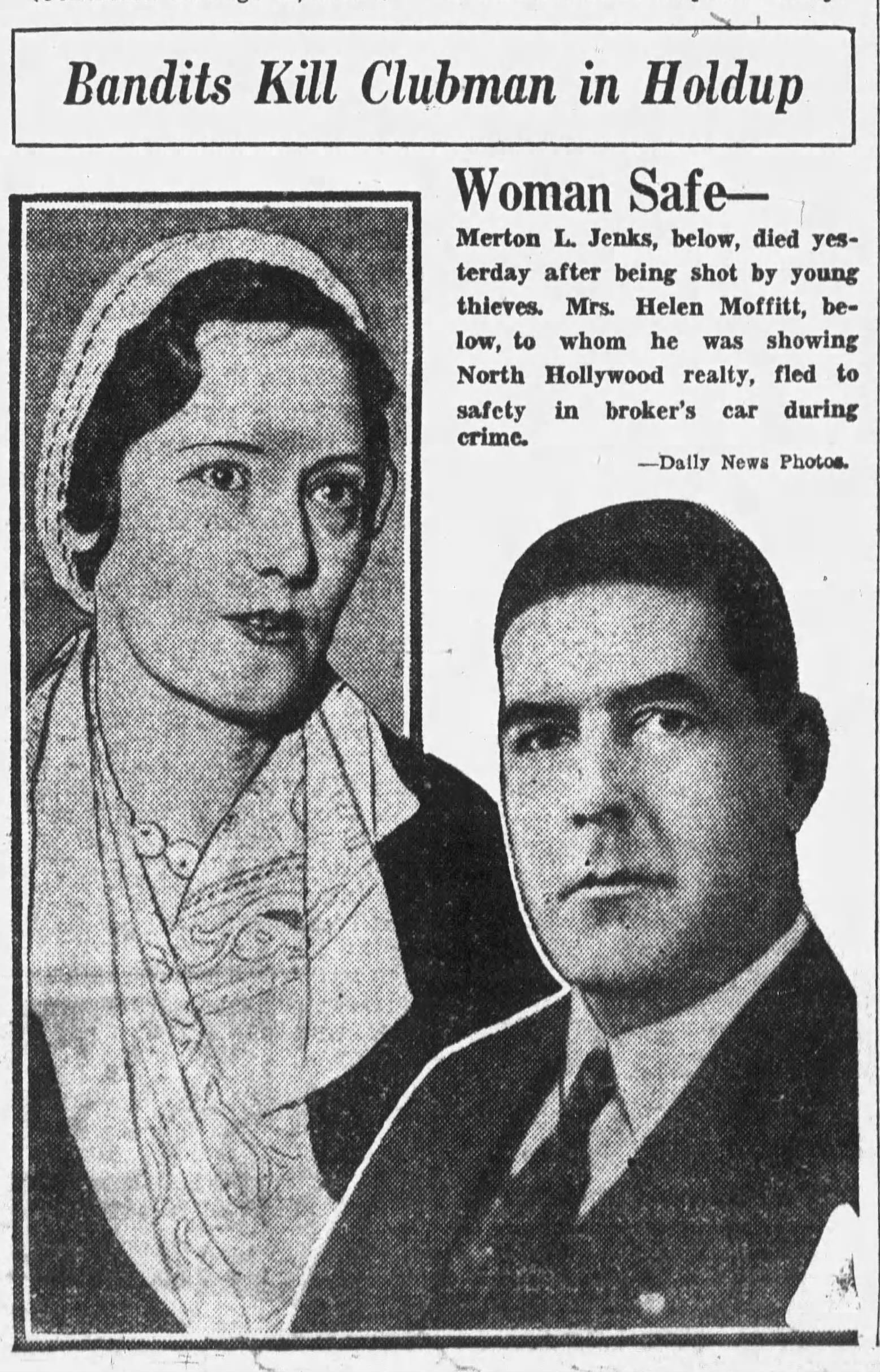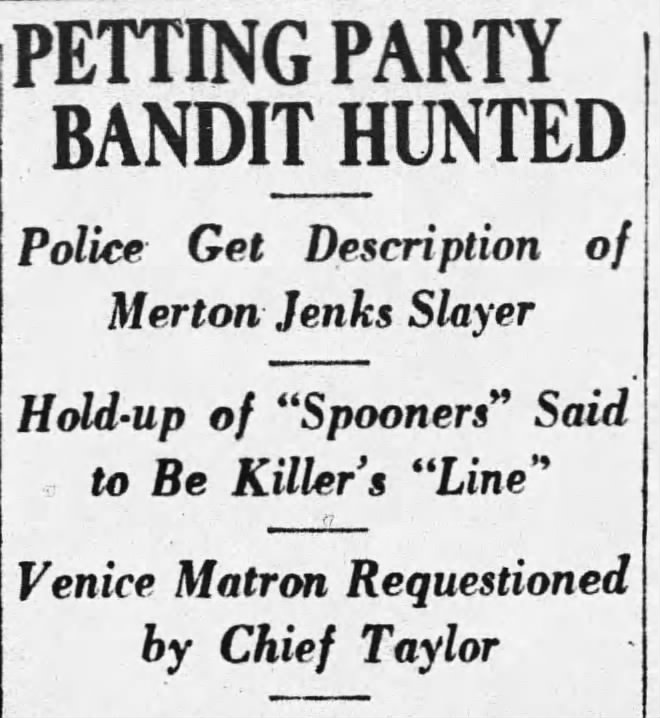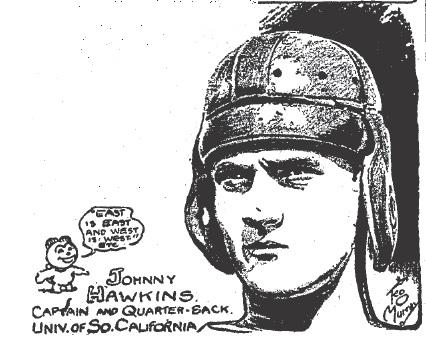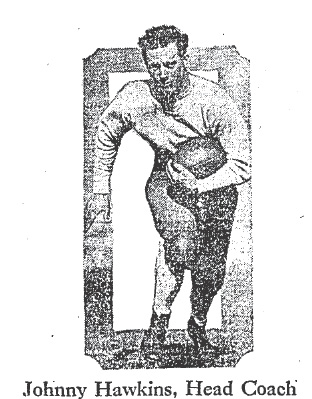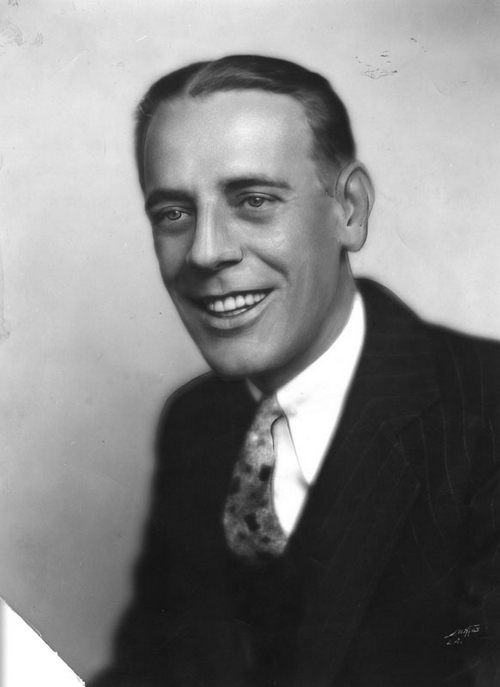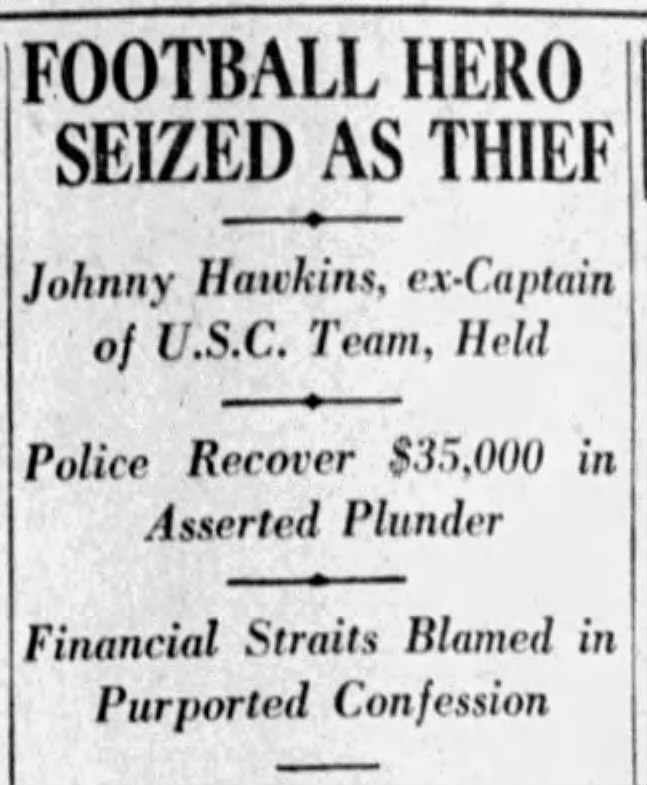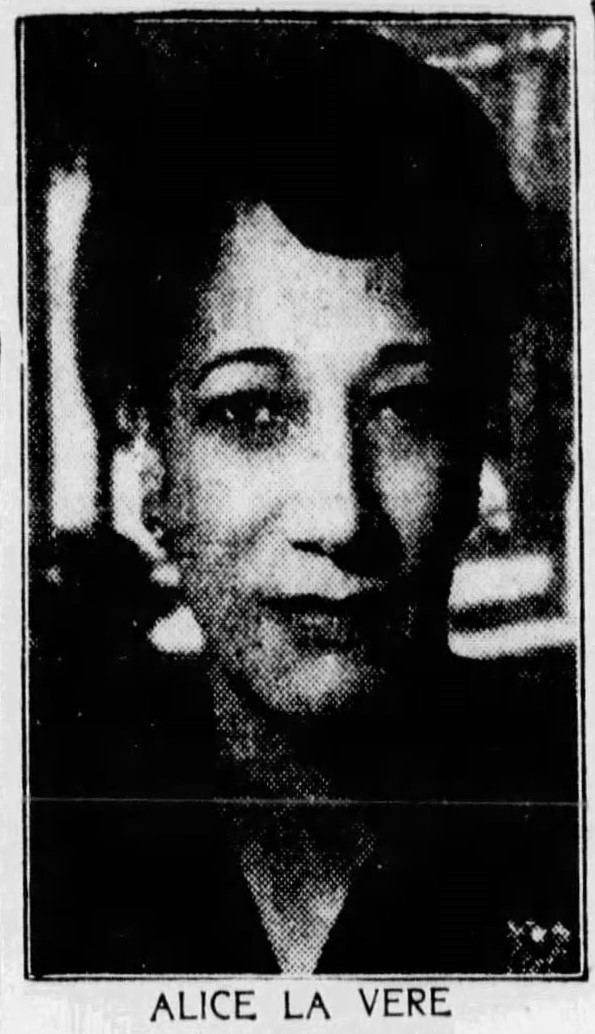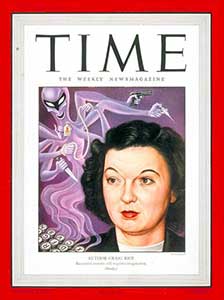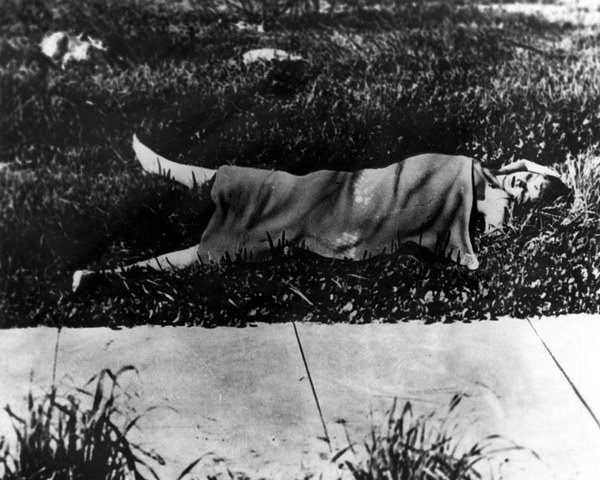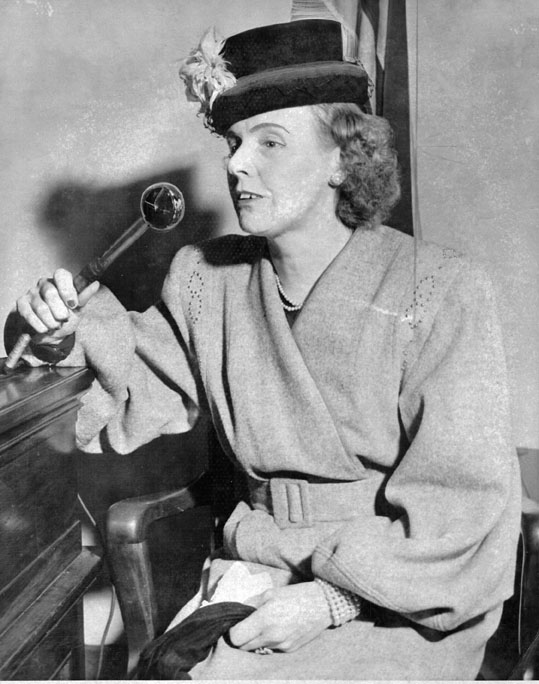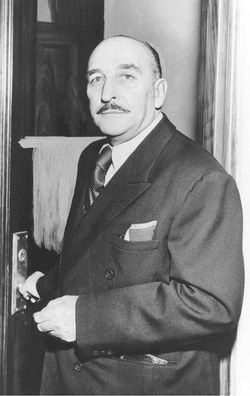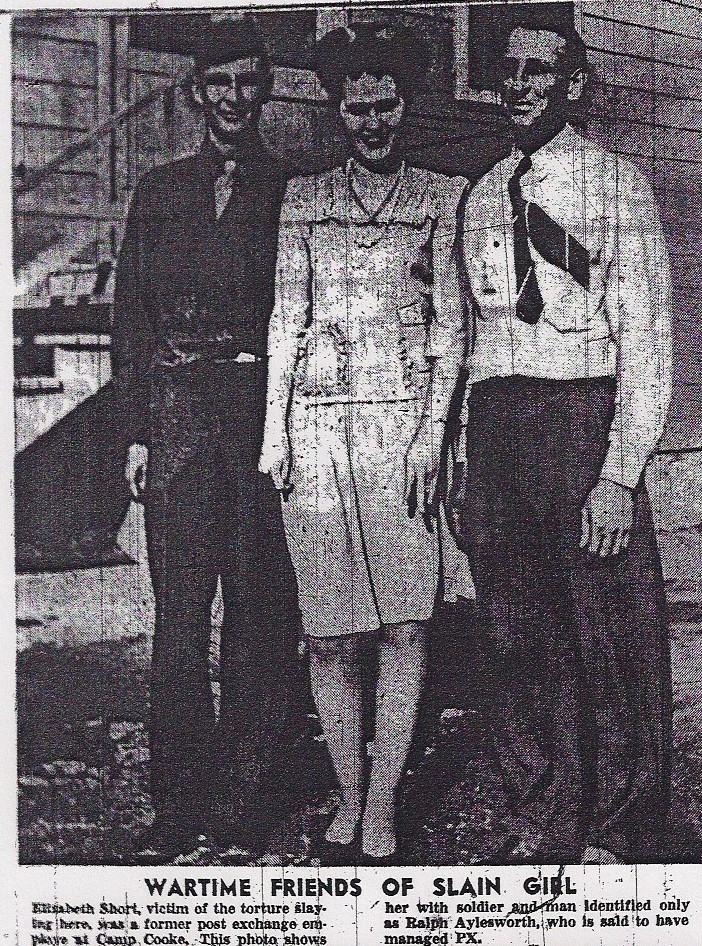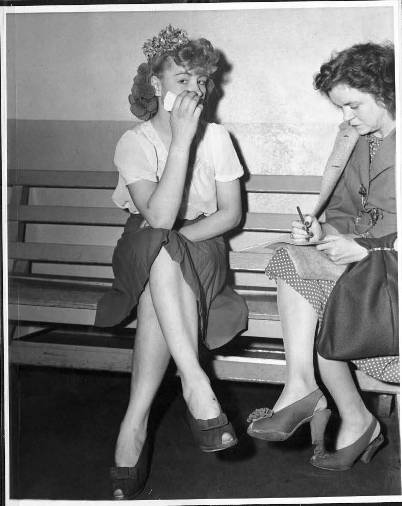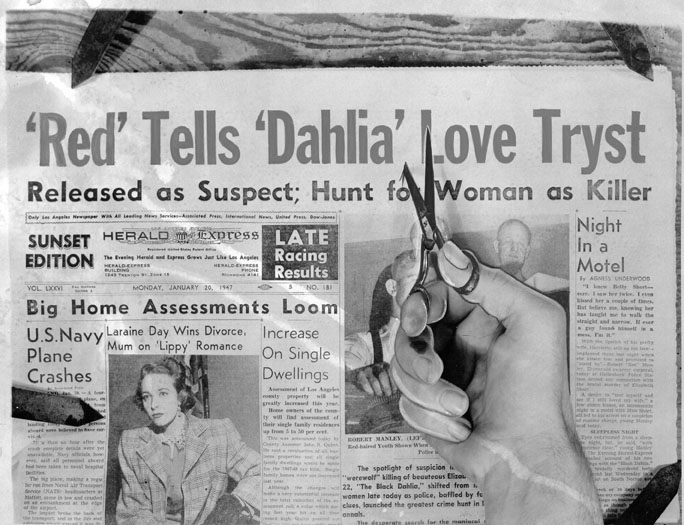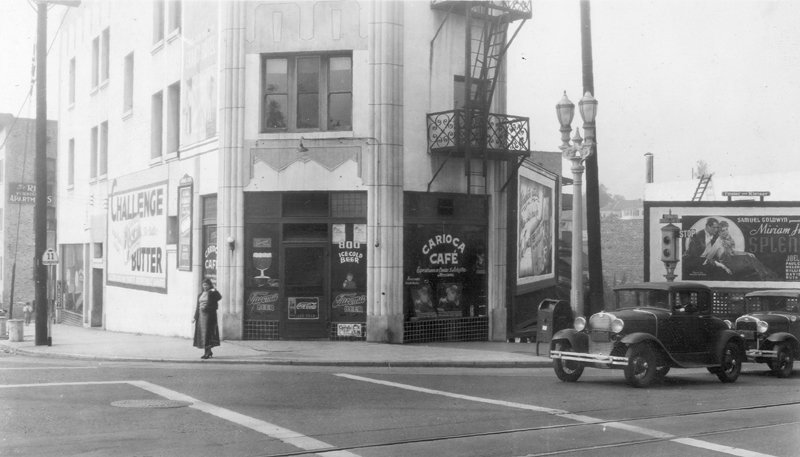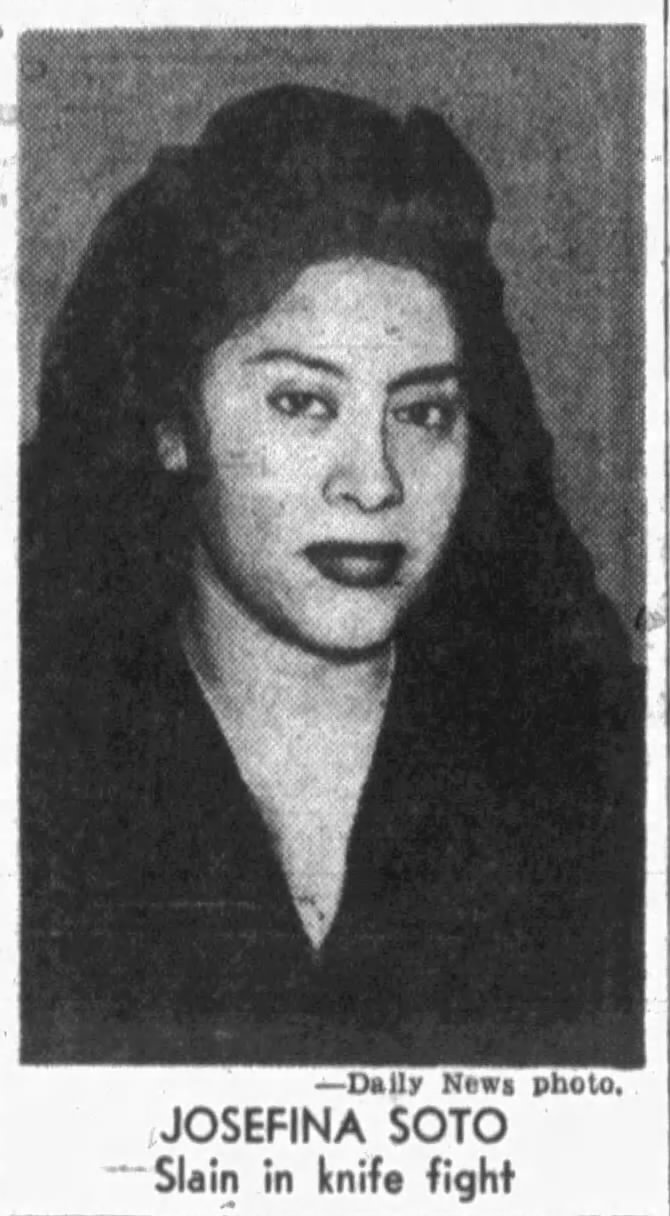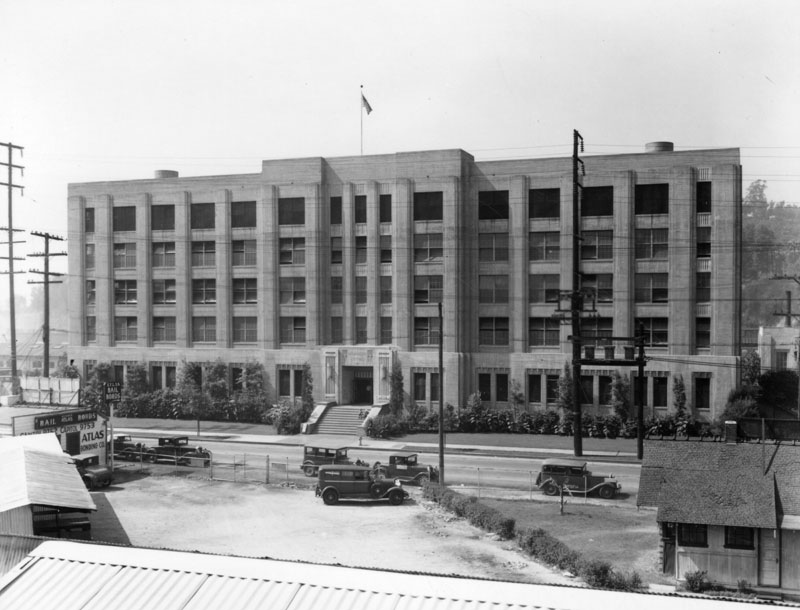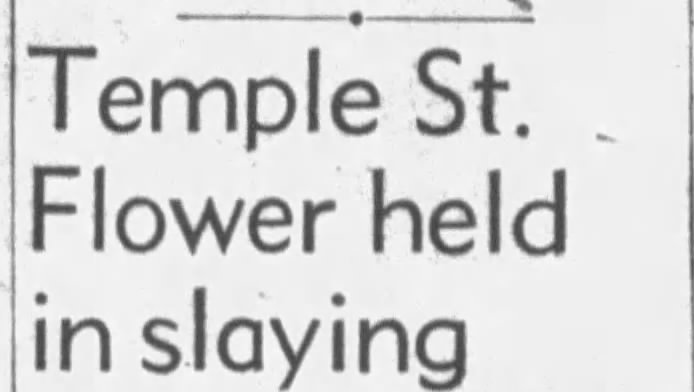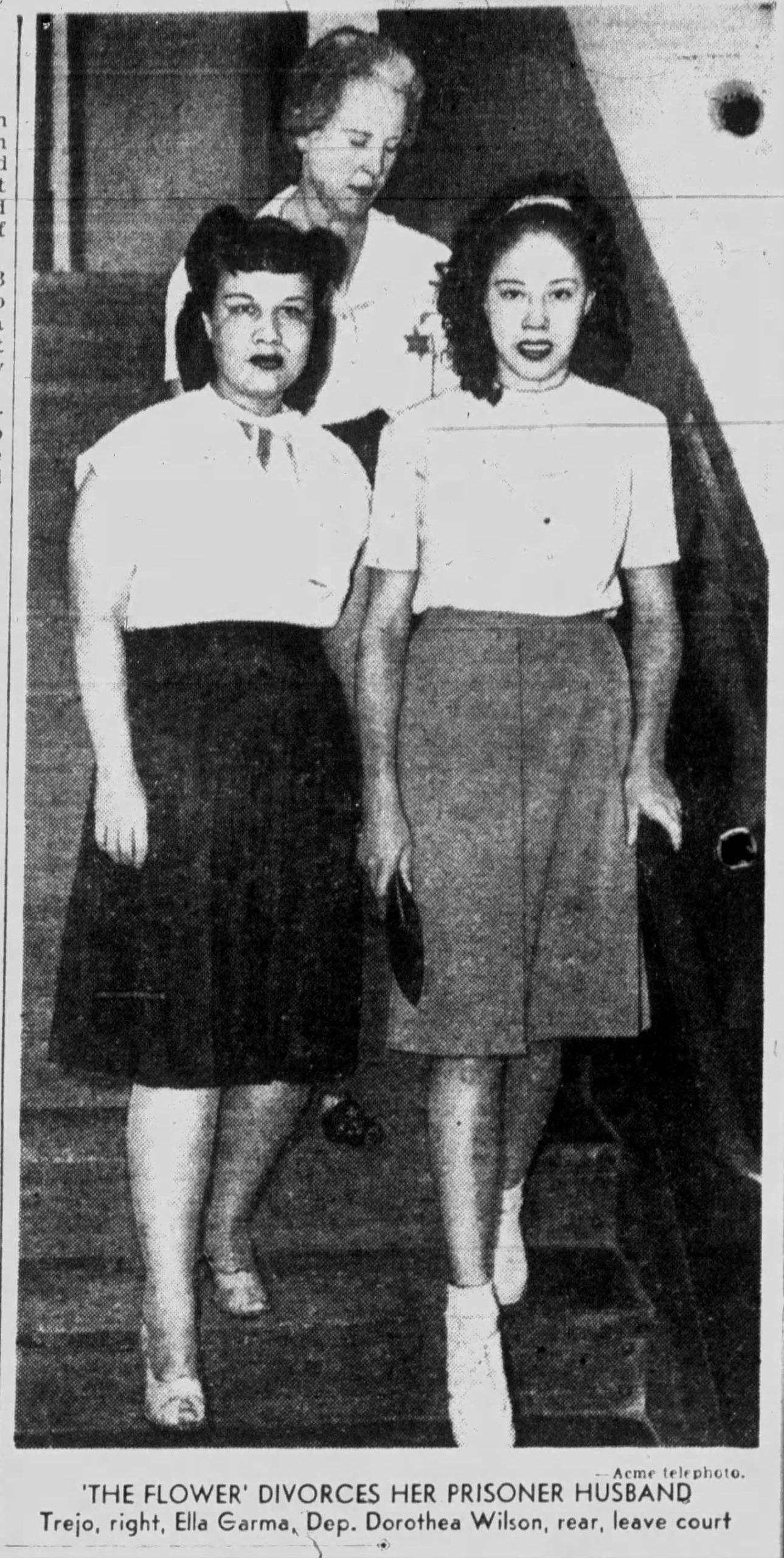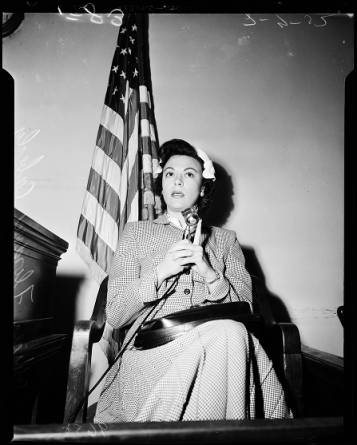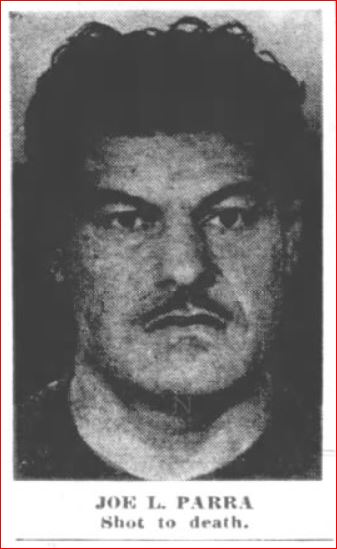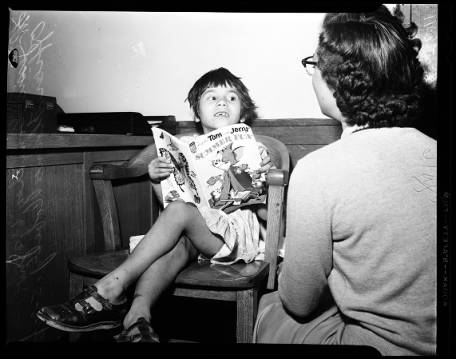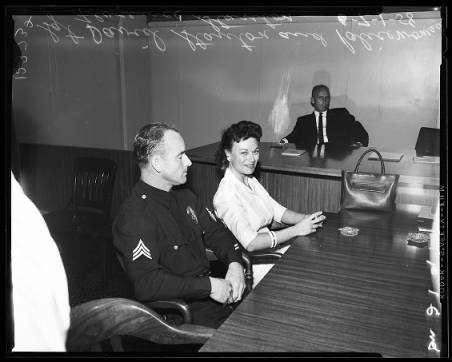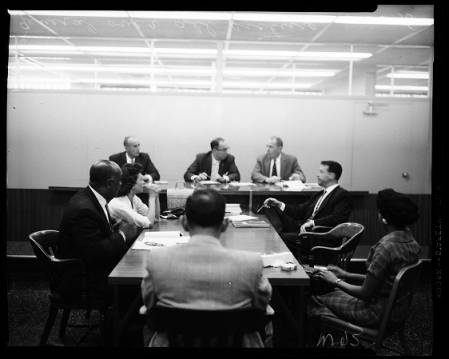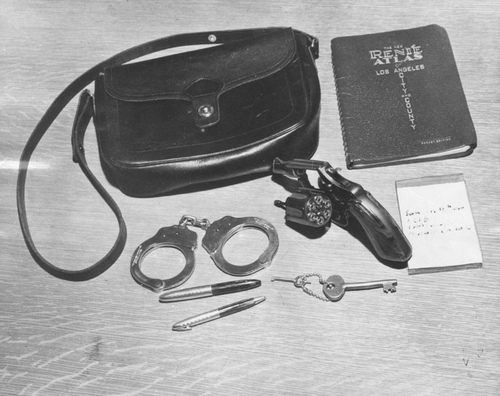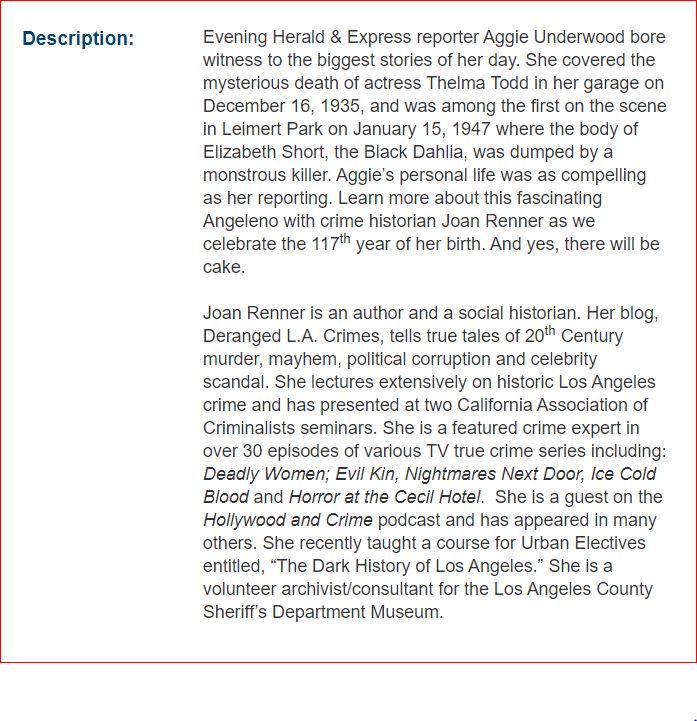On March 17, 1985, Los Angeles County Sheriff’s homicide detectives Gil Carillo and Jim Mercer were called to the scene of a murder and an attempted murder in Rosemead. The dead woman was Dayle Okazaki. Her injured roommate, Maria Hernandez, reported the crime. Maria was lucky to be alive. The same guy who killed Dayle shot her. She gave detectives a heart-stopping account of the evening’s events and provided them with a description of the killer.

Detective Carrillo had a feeling about the Okazaki murder. The killer took nothing from the condo. What was the motive for the attacks? Maria’s statement bothered him. She said when she and her attacker were in the garage; he had deliberately smacked the hood of Dayle’s car. Carrillo knew such behavior was odd. Criminals usually rely on stealth. The killer obviously got a thrill from terrifying Maria before he shot her and left her for dead.
About forty-five minutes after Okazaki’s slaying, Carrillo, and Mercer heard a call about another random assault. Someone shot a young Asian woman named Tsai-Lin Veronica Yu and left her to die in the middle of a street in Monterey Park. A .22 caliber gun killed her. The same caliber weapon used to murder Dayle.

Criminalists at the Sheriff’s crime lab analyzed the shell casings from the two scenes. Although their findings were inconclusive, the scientists surmised the casings were a likely match.
About ten days after the murders of Okazaki and Yu, detectives picked up a double homicide in Whittier. Vincent Zazzara and his wife Maxine were murdered in their ranch style home. An intruder entered the house by upending a plastic pail and using it as a stepping stool to climb through an open window. He shot Vincent and bound and raped Maxine.
The stranger briefly left the room, and Maxine loosened her bindings. She reached under the bed for the shotgun she knew her husband kept there. She aimed it at the intruder and fired. The gun was not loaded. In a rage, the intruder shot and stabbed her. Then used his knife to gouge out Maxine’s eyes, which he took with him. They were never found. He also carved an unintelligible L-shaped word or symbol into her stomach. The gun used was a .22 caliber. The crime lab could not match the casings to those used in the previous crimes because of the distortion, not uncommon, with a .22. Still, the shell casings were determined to be consistent with those from the other slayings. It was possible that the same perpetrator had committed the murders.
Carrillo was the youngest homicide investigator in the bureau. He believed the same person who killed Okazaki and Yu also committed the Whittier murders. The other detectives shrugged off his theory. Carrillo took his hunch to Salerno. For years, Salerno worked in homicide and gained experience with serial killers. He cracked the Hillside Strangler case in 1979.

Carrillo explained his reasons for believing the same man had committed all the crimes while Salerno listened intently. Salerno considered the young detective’s theory to be credible. He took the information, his experience as an investigator, and his intuition to the head of homicide, Captain Bob Grimm. Convinced that Salerno and Carrillo were on to something, Grimm suggested Salerno form a small informal task force to investigate.
On May 14th, the Valley Intruder’s killing spree resumed. The intruder broke into the Monterey Park home of William and Lillian Doi. He shot William and sexually assaulted and beat his invalid wife, who had suffered a stroke. After William heard the man leave, he crawled to a telephone, dialed 911–then he died. Monterey Park police arrived at the scene. A quiet town, homicides in Monterey Park were rare. Someone called the Sheriff’s office and requested Detective Gil Carrillo come to the scene.
The Monterey Park investigator gave Carrillo a cool reception, and declined his offer of assistance. With no reason to stay, Carrillo gave the cop some friendly advice. He told him to be careful in collecting and preserving the evidence. It would be important later.
Just as the case against the Valley Intruder heated up, so did Los Angeles. Residents can take comfort knowing that no matter how hot it gets during the day, the nights are cool and pleasant. But the summer of 1985 was different. Angelenos were sweltering in triple digit heat, shattering records established one hundred years earlier. Temperatures climbed to over 100 degrees during the day, and at night back yard thermometers rarely dipped below the upper 70s. People did everything they could think of to beat the heat. They slept with their bedroom windows open wide to entice a breeze. A sadistic killer saw the open windows as an invitation.
By the middle of August 1985, the local media was obsessed with the heinous crimes committed by the Valley Intruder. The media coverage increased exponentially with each attack. They finally gave the mysterious killer in black a nickname; the Night Stalker.
Citizens were so terrified by the random and vicious murders that they altered their behavior. The sale of guns and locks skyrocketed. The animal shelters emptied of small dogs who could bark a warning, and big dogs who could bring a man down.
A San Fernando Valley nurse told newspaper reporters she kept two guns in her house, and she was prepared to use them. An Alhambra woman said when her husband left for the night shift, she would take their three-year-old daughter into the master bedroom and lock the door. A Monrovia man patrolled the perimeter of his property all night with a hockey stick. Six hundred Monterey Park residents packed a neighborhood watch meeting. In some neighborhoods, people held huge slumber parties, praying for safety in numbers
On August 14th, newspapers broke the story that Frank Salerno was heading up a multi-agency task force to investigate the Night Stalker case.

The detectives found important evidence, including a print from an Avila size 11 ½ shoe found at multiple crime scenes. At the time, the press and public were unaware of this. They also did not know the detectives had been working the case for months. They had a composite drawing of the perpetrator that they circulated to deputies, just in case they ran across someone who matched the art work.
During their investigation, detectives discovered the same Avila shoe print found at the Zazzara crime scene was also present in a child abduction and molestation case being investigated by the Los Angeles Police Department’s Northeast Division. The suspect took an eight-year-old girl from her home and assaulted her at a construction site before abandoning her. Passersby discovered her in the middle of the night. The suspect left a perfect shoe print in cement at the scene.
That they found the shoe print at the scene of a child rape and at homicides of adult victims was stunning. No one ever investigated a serial killer who was also a pedophile. The detectives knew the person who committed the murders, mutilations, and sexual assaults of children was a deviant whose penchant for evil was impossible to comprehend.
To gain a better understanding of the killer they pursued, the detectives invited the FBI to review the cases and produce a profile. Although not precise, criminal profiling is a useful tool. His rage against women and his fear of men were evident at every scene. He had not hesitated to murder any adult male who was present in the homes he entered, and the overkill of most of the female victims was blood-curdling. While the killer may have had multiple motives for his crimes: burglary, rape, child molestation, murder, and kidnapping–the most salient feature of his attacks was his rage.
With the FBI profile and evidence from more murder scenes, the detectives persisted.
Detectives hold back information in a murder case whenever they can. It is invariably something that only the killer would know. In the Night Stalker case, the detectives kept mum about the Avila shoe prints. Regrettably, the shoes became headline news.
The Night Stalker read the press on his murder spree. He caught the story about Frank Salerno’s assignment to the case. It fed his ego. Salerno was a heavy hitter, a consummate investigator, and a worthy adversary. The task force made it tougher for him to commit crimes in Los Angeles. He needed to take a break. He stole a car and headed north to San Francisco.
Barbara and Peter Pan slept soundly in the bedroom of their two-story home on a residential street near Lake Merced. The Night Stalker removed the screen from an open window and slipped inside. He murdered Peter with a gunshot to the head and then he sexually assaulted Barbara. Before he left, he drew a pentagram on the wall and signed it “Jack the Knife.”
Carrillo and Salerno recognized their suspect from the modus operandi at the Pan house. He had taken his horror show on the road. They spoke with San Francisco police, who agreed to a reciprocal trade of information.
Carrillo and Salerno’s information reached Mayor Dianne Feinstein. She held a press conference.
With their mouths hanging open in disbelief, and their hands clenched in anger, Salerno and Carrillo watched as Feinstein made public every piece of evidence they had discovered. The mayor spoke about the Avila shoe prints, the weapons, and the thumb cuffs the killer used to restrain his female victims. Investigators feared the mayor’s irresponsible statements could destroy their case.
The Night Stalker watched Mayor Feinstein’s press conference, too. He could not believe it. He owed the mayor a debt of gratitude. For months, he was unaware that he left distinctive shoe prints at the crime scenes. He ditched the shoes and anything that tied him to the crimes. Feeling cocky, he returned to Los Angeles.
Thirteen-year-old Mission Viejo resident James Romero, saw a man in an orange Toyota driving down his street. He noticed the car’s headlights were off, and he grew suspicious. He memorized a portion of the license plate number.

The Night Stalker broke into a house in Romero’s neighborhood. He shot Bill Carns twice in the head, then raped his fiancée, Inez Erikson. Though he left them for dead, they survived. He returned to the stolen Toyota and drove back to L.A.
It was another steamy night, so the killer removed his gloves. He abandoned the car, and wiped it down, but neglected to clean the rearview mirror he had adjusted with his bare hand.
The Night Stalker task force worked hundreds of hours of overtime. The Feinstein press conference in San Francisco gave them a few bad moments, but they trusted Sheriff Sherman Block to have their backs. He held a press conference of his own, during which he lambasted Feinstein for compromising the case.
Salerno and Carillo finally caught a couple of breaks. One of them was a phone call from a woman who worked in the courts in Los Angeles. She said her father, Jose Perez, was a street person who hung out at the Greyhound Bus Depot downtown. He had befriended a guy named Ricky. Ricky shared details with Jose about a murder he had committed. Jose told his daughter he and Ricky took a gun to Tijuana and sold it.
The detectives felt certain that they were only steps behind the Night Stalker. Other detectives traveled to Tijuana and to their shock, recovered the weapon. Ricky did not sell the gun. Jose gave it to one of his girlfriends.
Perez said LAPD arrested his friend Ricky recently for car theft after Ricky crashed the car into the bus depot. He served a couple of days in county jail. Salerno and Carrillo contacted LAPD’s Central Division, but officers there could not locate the case.
While they waited for information from LAPD, the detectives got a call from San Francisco investigators. It was what they needed. A person who knew Ricky, and knew he fit the description of the Night Stalker, provided the investigators with their suspect’s full name. Richard Ramirez.
Police found the stolen Toyota. Criminalists recovered a single fingerprint from the rearview mirror. An Orange County detective took the print up to Sacramento and, visually, as they had done for decades, compared it to all the prints of anyone with the Ramirez surname. They found a match. After months of painstaking police work, they identified the killer.

On Friday, August 20, 1985, in a joint news conference, Sheriff Sherman Block, Orange County Sheriff Brad Gates and Los Angeles Police Chief Daryl Gates publicly identified Richard Leyva Muñoz Ramirez as the Night Stalker.
The next day, his photo was on the front page of every newspaper in town.
Salerno and Carrillo knew Ramirez hung out at the Greyhound Bus Depot. They set up surveillance on the chance that he would try to leave town. No one expected him to be returning to Los Angeles, but that was what happened.

Ramirez was out-of-town visiting a brother in Arizona. When he arrived at the Greyhound Bus Depot, he spotted the surveillance. He was oblivious to the fact they were searching for him, but he knew law enforcement meant trouble, and that was the last thing he needed. He walked out of the building where the bus had entered instead of staying with the group of passengers who exited through the front door.
At a nearby liquor store, he bought a carton of orange juice. Then he saw his picture on page one of a local newspaper. In a panic, he got on a bus headed to East Los Angeles, where one of his brothers lived. The other passengers began to whisper and stare at him.
He got off the bus and, in desperation, he ran across several lanes of Interstate 5. Miraculously, on the Saturday morning of the Labor Day holiday, he made it across unharmed. He attempted to carjack vehicles in LAPD’s territory, but failed.
Richard Ramirez sweated profusely. Exhausted and near collapse, he ran onto the 3700 block of Hubbard Street in Boyle Heights. He was one block into Sheriff’s territory.

He tried to carjack a classic Mustang, which was being lovingly restored by its proud owners. The car wasn’t drivable, so the fugitive attempted to hijack a car from a pregnant woman who was about to run errands. The woman screamed. Her husband heard her and came running. He was wielding a length of pipe. He took one look at the shaggy-haired stranger who had the audacity to molest his wife and bashed him over the head. The ruckus brought more people into the street. Many of them picked up baseball bats and hammers and gave chase.
The battle of Hubbard Street was on.
Someone placed a call to the East Los Angeles Sheriff’s station about a fight on Hubbard Street.
Cries went up. “It’s him!” “It’s the Night Stalker!”
NEXT TIME: The Night Stalker in custody.


